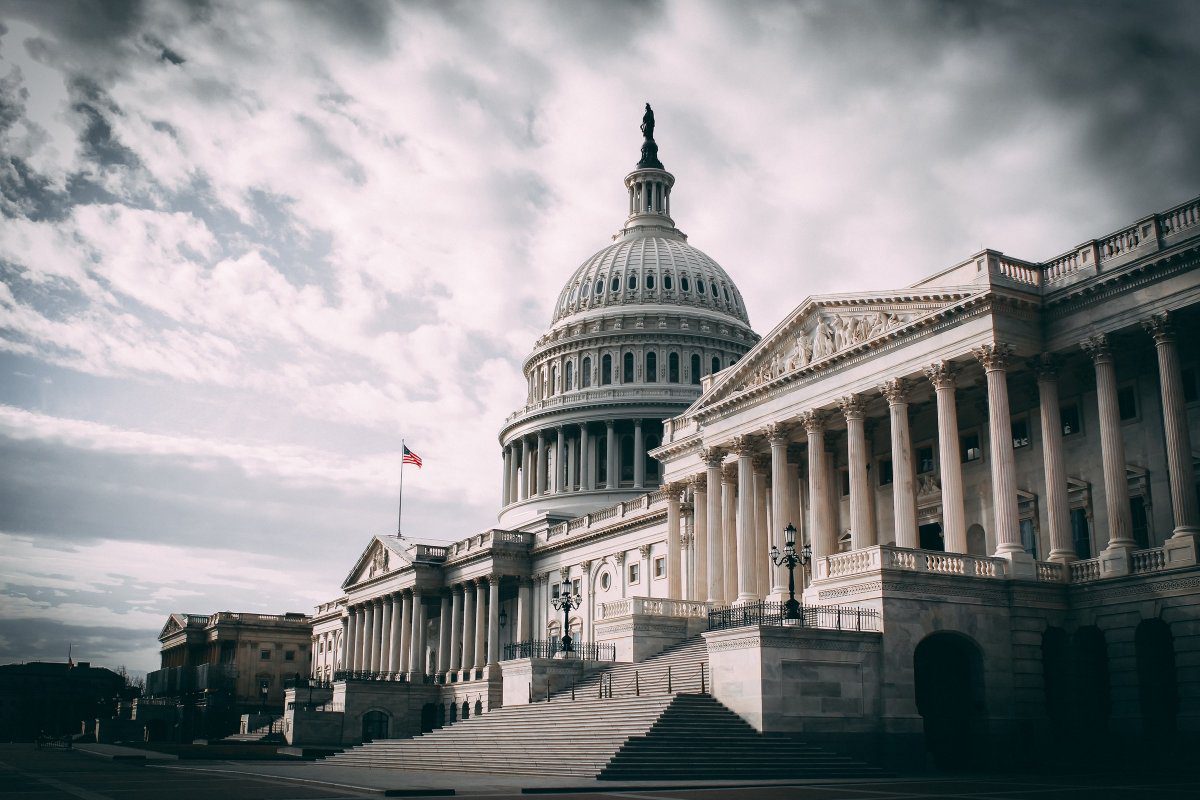Skift Take
One more impact of the global labor shortage is the protracted wait time for visas that will continue to hurt the U.S.'s international tourism recovery if quick solutions aren't found.
With the end of the Covid testing requirement on inbound international travel, global tourists are coming back to the U.S. in larger numbers, stirring hopes for a full recovery. A formidable barrier, however, has emerged: exploding wait times for called B-1 and B-2 visas (visitor visas) interviews because of a labor shortage and some still-unopened embassies.
Citizens from India, Colombia, Mexico, Brazil and other countries outside the U.S. Visa Waiver Program must apply for a visitor visa in order to temporarily stay in the U.S. In 2019, 43 percent of international visitors to the U.S. required a visitor visa, according to the U.S. Travel Association. That amounted to an estimated 35 million tourists.
The average wait time for a visitor visa appointment has reached more than eight months (247 days), up from 17 before March 2020, according to the Cato Institute. USTA estimates average wait times for the U.S.’s top visa-requiring inbound markets reached 419 days in May 2022.
Depending on the consulate, visa interview wait times can vary widely. An aspiring tourist in New Delhi faces a wait time of 567 days, 899 days in Santiago and 365 days in Sao Paulo, according to the U.S. State Department.
Wait times don’t take into account the fact that visitors from all over the country have to travel to the consulate, accumulating costs in time and money. Not only are visa fees not refundable, there is also no guarantee that the visa will be approved.
“If you want to travel with your family and you don’t happen to live in the city of the consulate, you are incurring travel costs and hefty visa application fees without guarantees,” Peter van Berkel, chairman of the International Inbound Travel Association and president of Travalco, a tour operator.
As a result, global tourism from many of the U.S. ‘s biggest source markets haven’t returned in full force. Total number of visas processed for Brazilian visitors, for example, fell from 46,000 prepandemic to 8,000 this year, according to USTA. “This is almost an effective travel ban for new visitors from those countries until the backlog is taken care of,” van Berkel said.
USTA estimates that if the government reduced visitor visa wait times to less than 30 days, the U.S. could gain an additional 2.2 million international visitors.
The sluggish processing time has been caused by a collision of factors. First, many embassies and consulates have only fully reopened this year. During the pandemic, many consulates lost visa processing staff, not to mention the hiring freeze during the Trump Administration. ““The real issue is the ability to process,” said van Berkel. “That has been diminished dramatically.”
The weakened processing capability comes at a time when demand for visas are high. In addition to first time applicants, many applicants are trying to renew visas that expired during the pandemic, according to USTA.
On July 25, for example, the U.S. embassy in Nairobi — after reopening in February 2022 — announced the first available dates for a visitor visa interview appointment are in June 2024. The embassy cited a “backlog of applications” and “high demand for services” and acknowledged wait times are a “worldwide problem.”
At the moment, the State Department has been relaxing rules for other visa categories. Last year, the State Department waived in-person interviews for select employment nonimmigrant work visas in H-1B, H-3, L and other categories through December 2022. Such flexibility hasn’t come to visitor visas.
In the meantime, different destinations will continue to feel the loss of key visitor markets. For Florida, for example, Brazil is an important source market, according to USTA. The state’s recovery will be hampered without the return of Brazilian tourists.
“The Brazilian market is critical to Florida, but with wait times of over 250 days to get a visa, we are essentially creating a de facto border closure with Brazil which will result in Florida’s international tourism recovery taking many years,” said Tori Emerson Barnes, USTA’s executive vice president of public affairs and policy.
The sluggish processing times undermine the Biden Administration’s National Travel and Tourism Strategy, which aims to bring 90 million international visitors by 2027. A key pillar of the strategy is to make entering the U.S. “more efficient” for visitors.
“You are not expanding the base and that will over time have an issue on the ability of the country to get new visitors coming back to the U.S.,” van Berkel said. “If you want to grow the pie, you have to get new people in the mix.”
The Daily Newsletter
Our daily coverage of the global travel industry. Written by editors and analysts from across Skift’s brands.
Have a confidential tip for Skift? Get in touch
Tags: coronavirus recovery, government, state department, tourism, visas
Photo credit: Capitol, Washington D.C. Harold Mendoza / Unsplash
